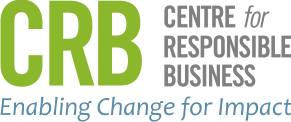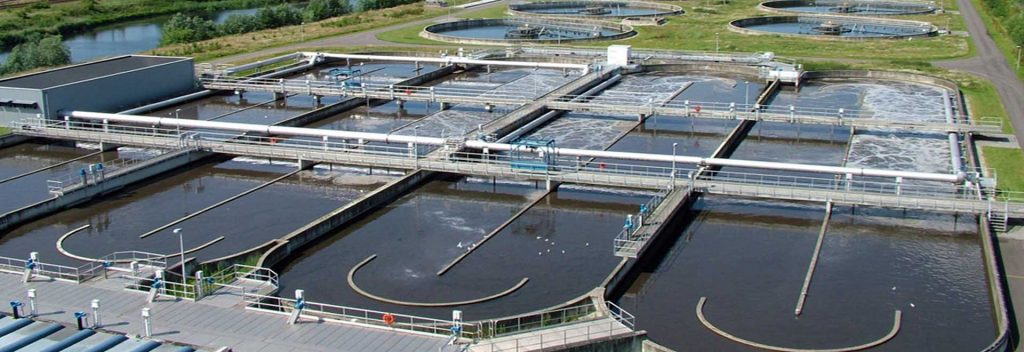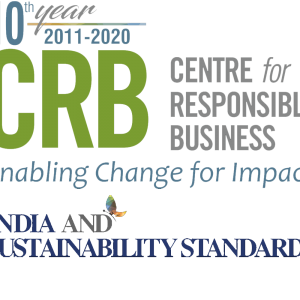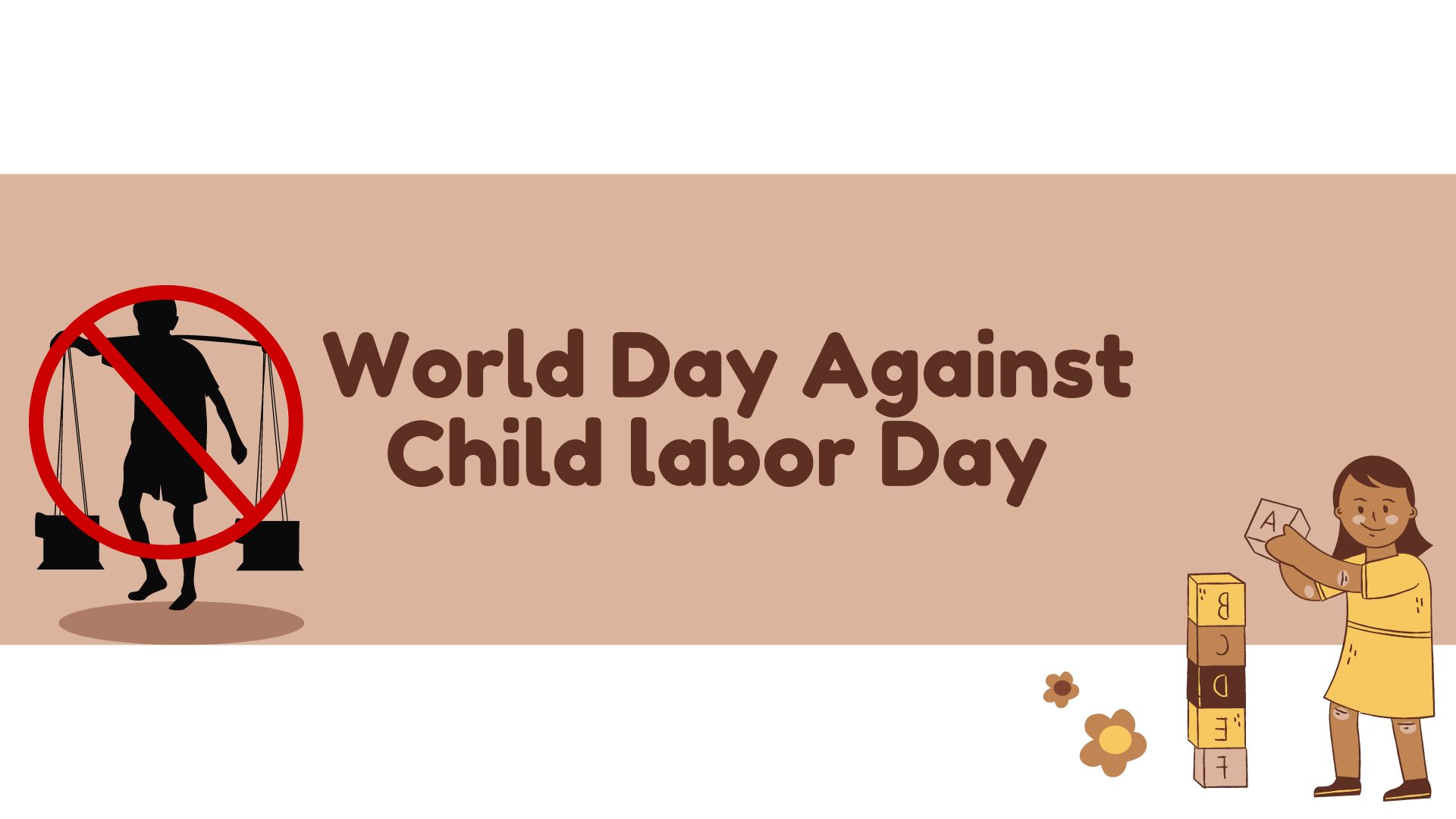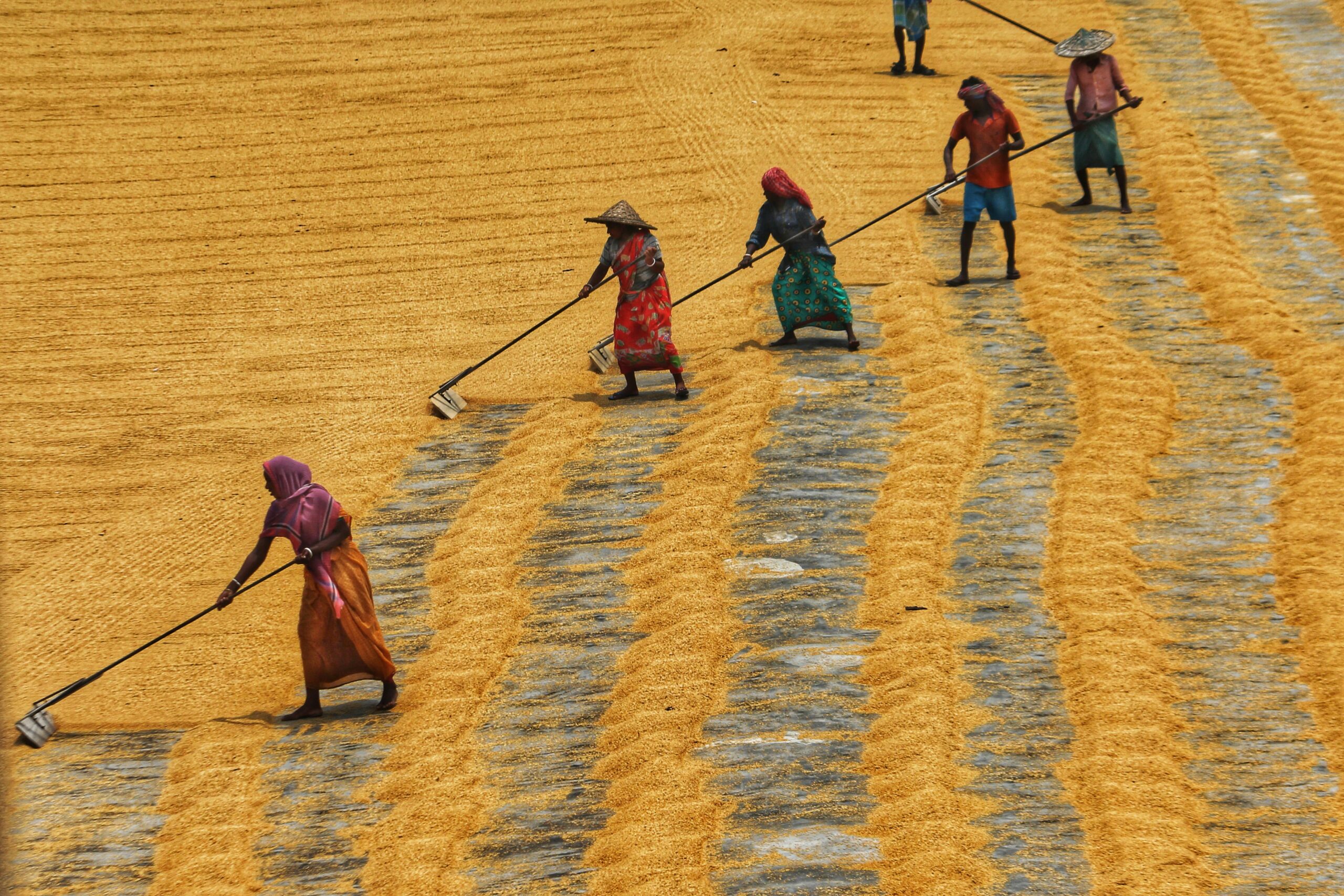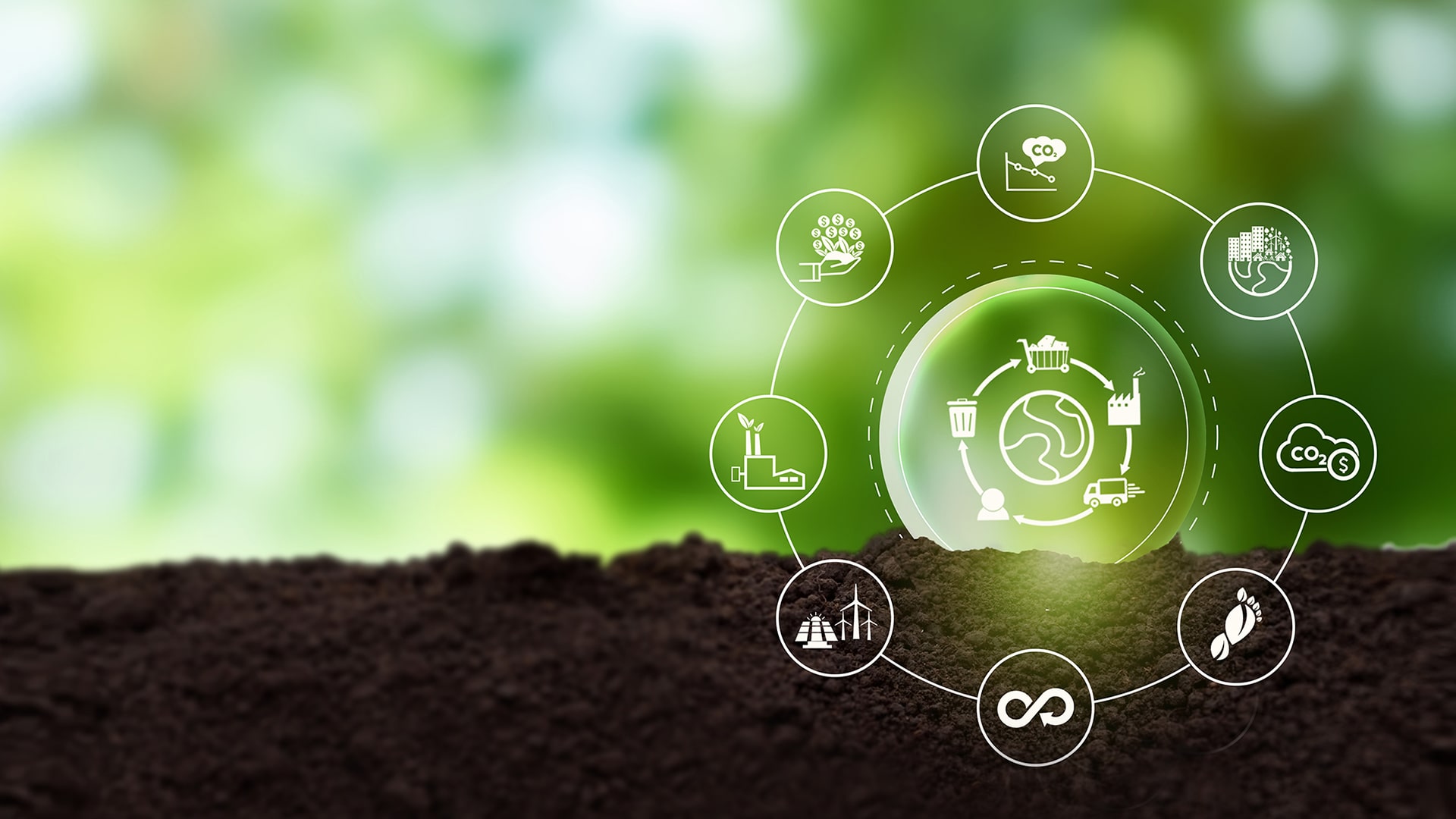India has historically been a manufacturing hub for textiles, enriched by artistic traditions that have accumulated in the subcontinent over centuries through trade, travel, migrations and even invasions.
Commissions from royal families, export orders, as well as domestic trade had sustained artisans, craftsmen, and their schools for centuries. Since the industrial revolution, the production has been gradually moving away from handloom and handicrafts to power looms, and now laser cutting and automated printing. With the advent of British Rule clusters such as Ahmedabad, Mumbai and Calcutta came up, comprising of numerous mills housing both handlooms and eventually, power looms. In some cases, textile clusters also came up post-independence, such as in Panipat where refugee artisans fleeing from Pakistan had settled. Raw material and equipment profile of textile clusters have been changing over the years, with the introduction of new technology, raw materials, migration of labour, etc.
Today, the textile sector is still an important part of India’s economy, employing over 10 crore workers (pre Covid) directly and indirectly, and contributing about 2% to India’s GDP.
Since the early 1900s, mechanization has been increasing in all clusters. Greater mechanization also gradually led to increase in volumes of textile produced, which in turn led to a greater usage of resources such as water. The past few decades (1970s onward) saw a huge leap in water consumption in this industry – this is due to the advent of reactive dyeing. Reactive dyeing techniques provide better stability of dyes on the fabric but consume large quantities of water. In fact, textile wet processing (involving operations such as dyeing, bleaching, washing, etc.) is now globally one of the most water-intensive operations across industries and countries. On an average, it takes about 200 litres of water to produce 1 kg of textile1. Such a water-intensive nature of modern textile processing poses a danger to India’s long tradition of textiles, since water scarcity may lead to closure of industries, to conserve water for more urgent needs such as drinking and other domestic purposes. Lack of adequate effluent treatment facilities has led to pollution of soil and groundwater, impacting the quality of groundwater available to local populations for domestic purposes2.
Rising water scarcity in India and increasing water pollution in and around textile clusters call for a change in the water consumption profile of this sector. Most districts in India face water scarcity in the range of 20-80%.
The long-term sustainability of the textile sector depends on judicious water use, among other factors. There is a need to focus on water-use efficiency and thus reduce the consumption of water across the various processes of the textile and apparel value chain. Businesses should proactively adopt water-saving and water reuse techniques to become more sustainable, and better deal with stringent regulations that are now gradually coming in to combat water scarcity. Clusters in Tamil Nadu, such as Tirupur, had to face a sudden upshoot in costs a few years ago when the government mandated Zero Liquid Discharge (ZLD) at all CETPs, to deal with water crisis in the state. Also, consumers and brands around the world are now more conscious of the footprint of fashion and are demanding good manufacturing practices.
Reuse of textile wastewater provides a unique opportunity to conserve water and ensure sustainability of textile clusters in India. Textile wastewater must be viewed as a resource rather than a costly byproduct. Treatment and reuse of wastewater not only reduces intake of fresh water, but also prevents pollution by the virtue of closed loop operations. Another reason for industries to take up water reuse is that in most of the industrial clusters, CETPs are running at capacity. New businesses can only come up if they are equipped with ZLD (zero liquid discharge); this calls for reuse of process water.
But there are several challenges that are to be dealt with. The technologies available for wastewater treatment are often expensive and not adequately flexible in scale. Further, the incentive to innovate and reduce water consumption is low where water is treated as a free resource.
The next blog in this series will focus on some of the current and upcoming technologies that can help textile businesses reuse their wastewater.
2https://www.siwi.org/wp-content/uploads/2017/06/Water-Governance-Mapping-Report-INDIA.pdf Water Governance Mapping Report.
“NOTE: The views expressed here are those of the authors and do not necessarily represent or reflect the views of CRB.”
